As a songwriter, you’re not just a musician; you’re a storyteller, an innovator, an emotional architect. The allure of creating something new is strong, and yet, the gravitational pull of conventional song structures can sometimes keep your music tethered to the ground. But why does creativity in songwriting matter?
Consider this: when you challenge traditional norms, you not merely produce a new sound, you construct new emotional pathways for your audience. It’s about more than following a formula; it’s about creating a unique listening experience. Breaking free can redefine genres and launch legacies.
Still, the case for creativity is not just artistic—it’s psychological. Fresh musical experiences can resonate deeply, eliciting emotions and thoughts that familiar patterns simply cannot unlock. When listeners encounter something unexpected, it stimulates their brains, creating memorable and often more engaging moments.
This isn’t speculative; the history of music is rich with examples. Artists who dared to be different—think of The Beatles with ‘Tomorrow Never Knows’, Radiohead’s ‘Everything In Its Right Place’, or Bjork’s entire discography—earned their place in history, not just for their talent, but for their courage to reinvent.
Now that I’ve set the stage for why unconventional songwriting is vital, I want you to consider what it means to wield such tools yourself. In the next section, I’ll dive into techniques that are off the beaten path—tools that may very well be the key to unlocking your next surge of creativity.
Unconventional Songwriting Tools
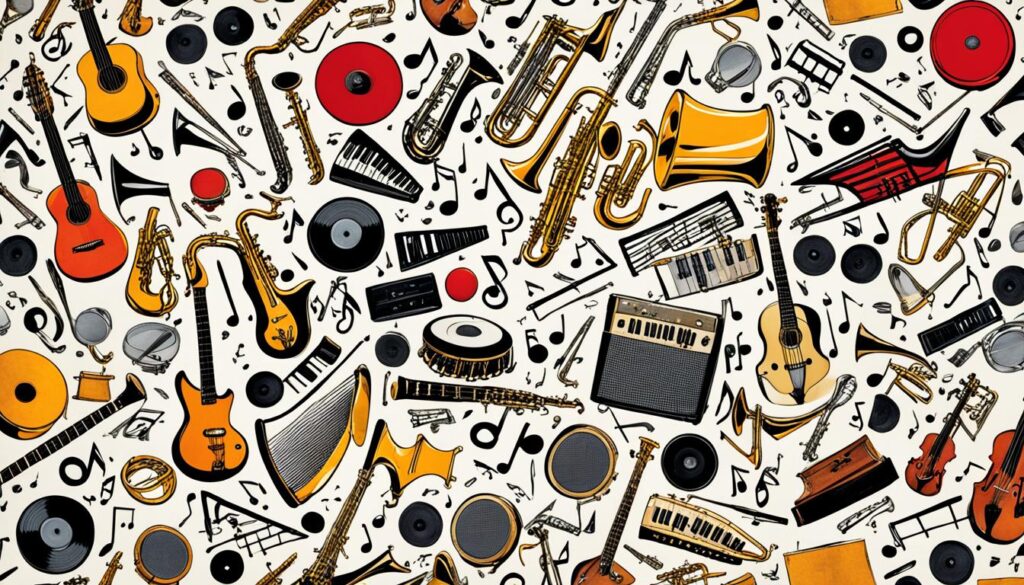
When you think of songwriting, you might picture a musician strumming a guitar or sitting at a piano, playing chords, and humming melodies. But the landscape of music creation isn’t limited to those tried-and-true methods. Some of the most exciting developments happen when songwriters step out of the conventional toolbox and reach for something unexpected.
Technology has transformed music production, giving songwriters a vast array of digital tools at their disposal. Apps and software can generate unique chord progressions, rhythms, and sounds that might not naturally occur to the human mind. For instance, a songwriter might use an artificial intelligence program designed to compose in the style of a certain artist or genre, and then twist the output into something entirely new.
But why stop at digital innovation? Bringing in non-musical elements can breathe fresh life into your compositions. Imagine drawing inspiration from the environment by incorporating sounds of nature or city ambiances into your tracks. These sounds can add a layer of texture and context that traditional instruments simply can’t.
Art doesn’t exist in a vacuum, and songwriting is no different. Looking to other art forms for inspiration can lead to breakthroughs in your music. The structure of a poem, the patterns in a piece of visual art, or the dynamics of a dance performance can all translate into the rhythm, melody, and form of a song.
Considering the synergistic relationship between artist and audience, interactive songwriting involves your listeners in the creation process. This can be through social media, live streams, or crowdsourced projects where fans contribute ideas, lyrics, or melodies. It’s a way to build community around your music while fostering a sense of ownership among your fans.
Breaking the Mold of Songwriting
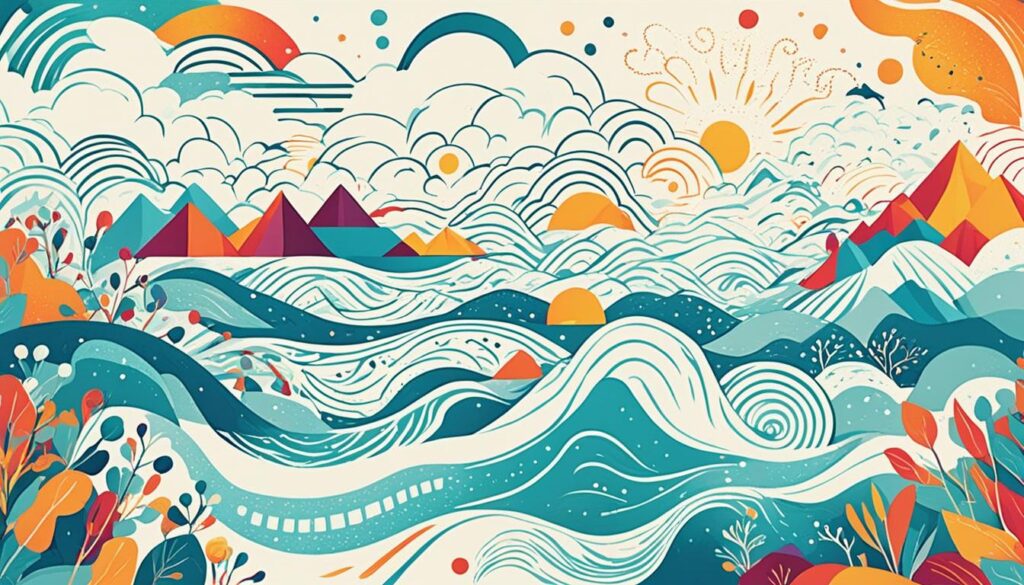
I see the trend where songwriters are hungry for something that feels new and authentic. It’s about crafting lyrics that make a listener sit up and take notice.
Storytelling is a powerful tool. When I throw conventional narrative structures out the window and play with a more fragmented or nonlinear tale, the results can be intriguing.
Language isn’t just about communication; it’s an art form itself. I experiment with sounds, rhymes, and rhythms that aren’t typical in English. Sometimes I even dabble with creating entirely new words or using constructed languages to get that je ne sais quoi in my songs.
I draw upon visuals for inspiration. If I see a striking image or a scene that moves me, I describe it in my lyrics, translating the visual emotion into auditory sensations. It’s about painting with words to create a soundscape that complements the music.
Abstract lyrics are another avenue I explore. Like a painter splashing colors on a canvas, I throw in words that might seem nonsensical but evoke particular feelings or moods. It’s not always about making sense; sometimes it’s about evoking an experience.
As we prepare to look at actionable steps for songwriters, it’s crucial to reflect on how these experimental approaches to lyrics can reshape our relationship with music. It’s not just about crafting songs; it’s about creating experiences that resonate.
Tips for Songwriters Looking to Experiment
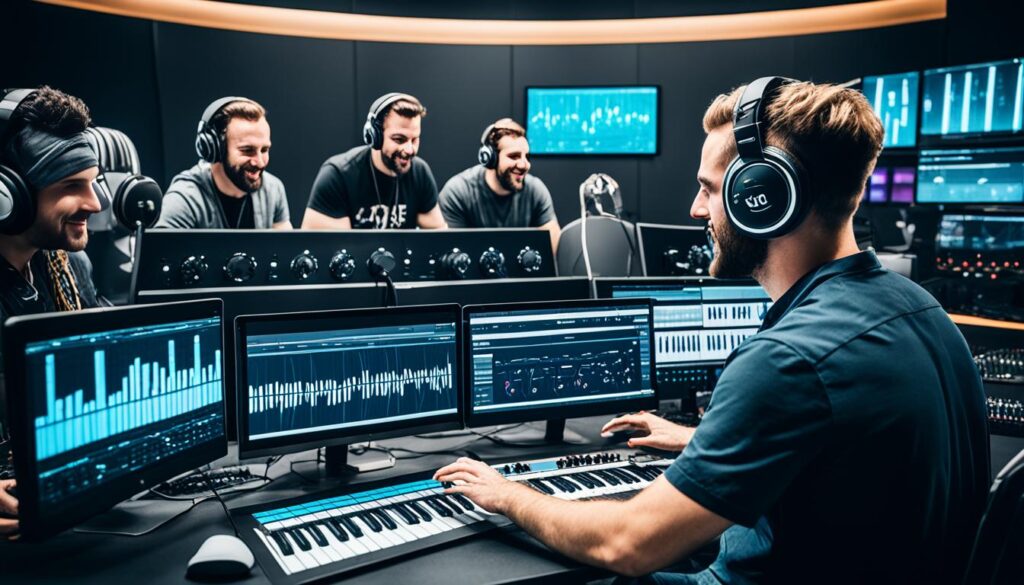
I understand that it can be daunting to stretch the boundaries of your songwriting. You have a distinct style, and maybe you’re not sure how your audience will receive your new, experimental work. I’m here to encourage you not to let that hold you back. You’ve got to strike a balance between branching out and remaining true to your voice.
When faced with a creative block, simple exercises can be your best friend. Why not write a song using words from a random page in a book? Or better yet, play your instrument in an unorthodox way and see what sounds you can create. Sometimes, these exercises take you down a path of musical innovation that becomes part of your signature sound.
Collaborating can be incredibly rewarding, too. Teaming up with artists from different genres or entirely different realms of creativity opens up a world of ideas you might never have found on your own. Let those new perspectives influence your work. And remember that while not everyone may appreciate your experimental edge immediately, those who do will likely become your most passionate supporters.
Lastly, how do you know if your experimental strides are a hit or a miss? It’s not just about the number of streams or likes. Pay attention to the feedback from your most loyal listeners. Look for signs of genuine engagement, such as messages from fans expressing how your song moved them, or increased attendance at your shows. These are the indicators that your musical experiments are not just noise, but transformative works of art.
Remember, the music landscape is famously fickle, but it ALWAYS rewards originality and courage. Have faith in your creativity, and don’t be afraid to step out of your comfort zone. After all, the only way to discover uncharted musical territories is by daring to explore them.
Want To Learn More?
Check out these posts:
- Unlock The Secrets To Crafting Catchy Melodies : Expert Techniques That Will Have Your Tunes Humming In Everyone’s Head!
- Creating Catchy Chord Progressions: The Backbone Of A Song
- 17 Best Songwriting Courses Online By Famous Artists
-
17 Best Songwriting Courses Online By Famous Artists
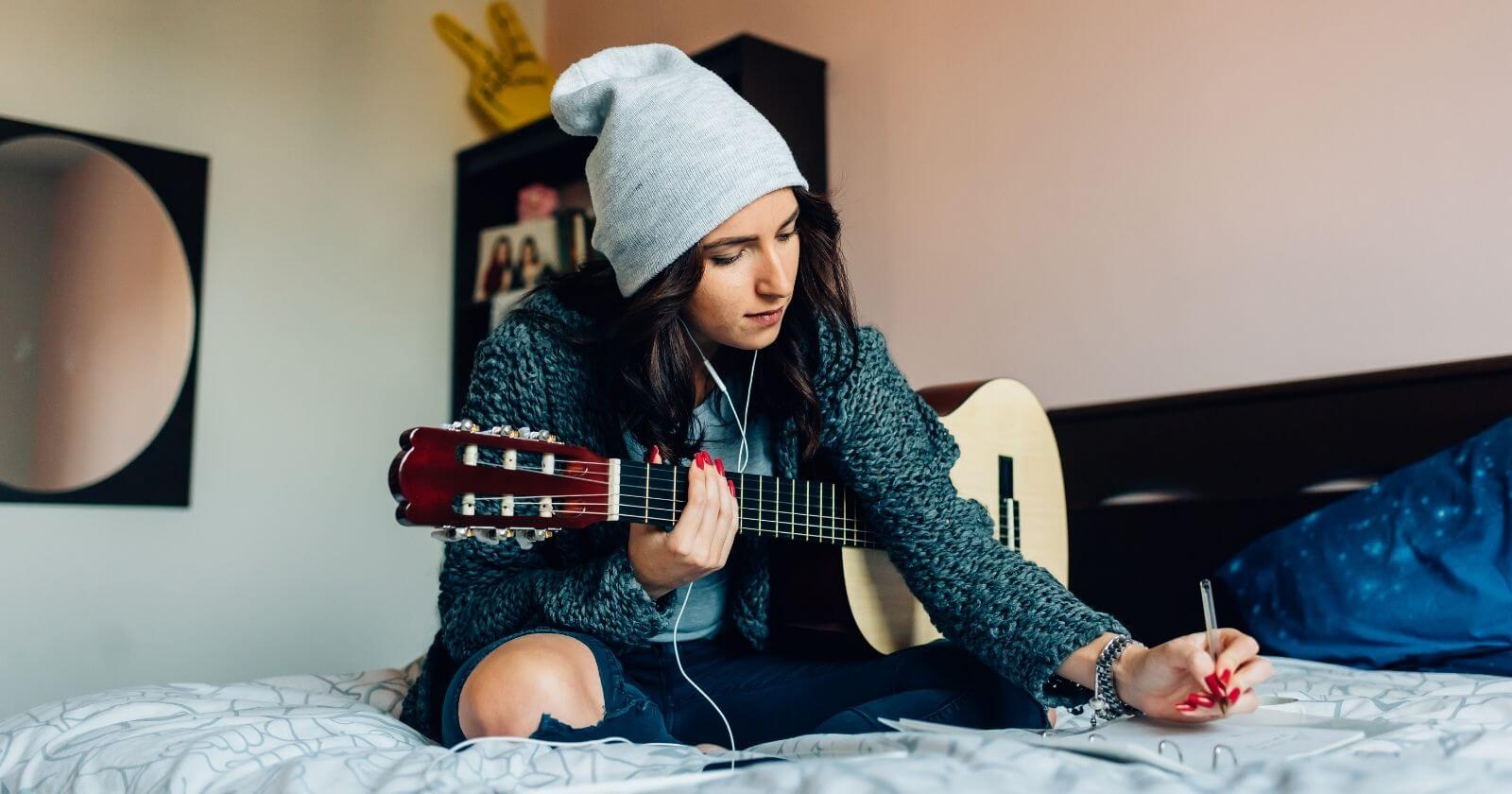
Songwriting Course Online – Learn From Ryan Tedder, Charlie Puth, Alicia Keys, Saint Vincent, Louis Bell, Kygo, Armin Van Buuren, Timberland, & More.
-
AI Curated Songwriting Resources You Will Love
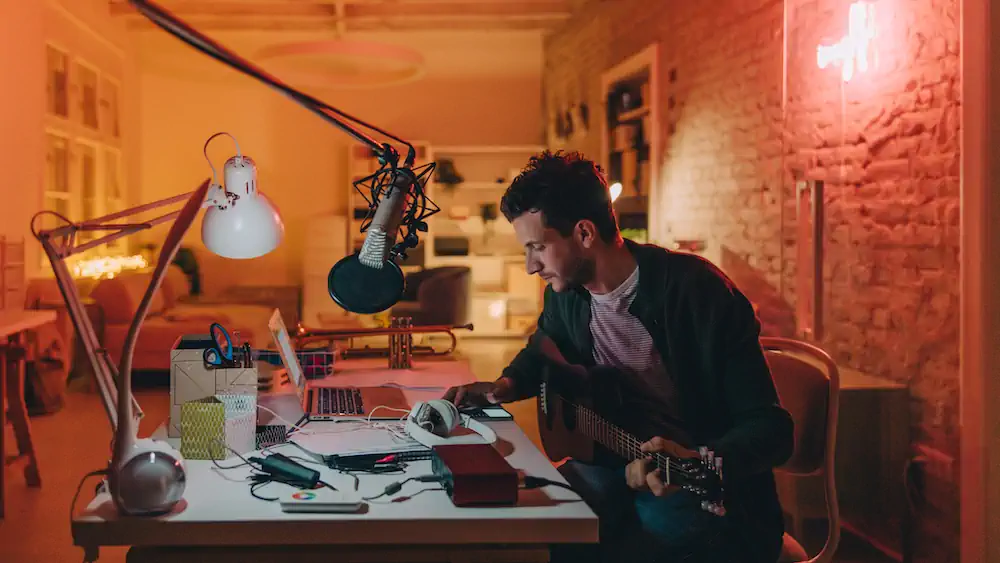
Discover How AI Is Revolutionizing Songwriting! From Generating Melodies and Lyrics to Assisting with Arrangements, Explore the Tools and Ethical Considerations of AI-Driven Music Creation
-
Exploring Virtual Instruments In Music Production VST’s You Will Love
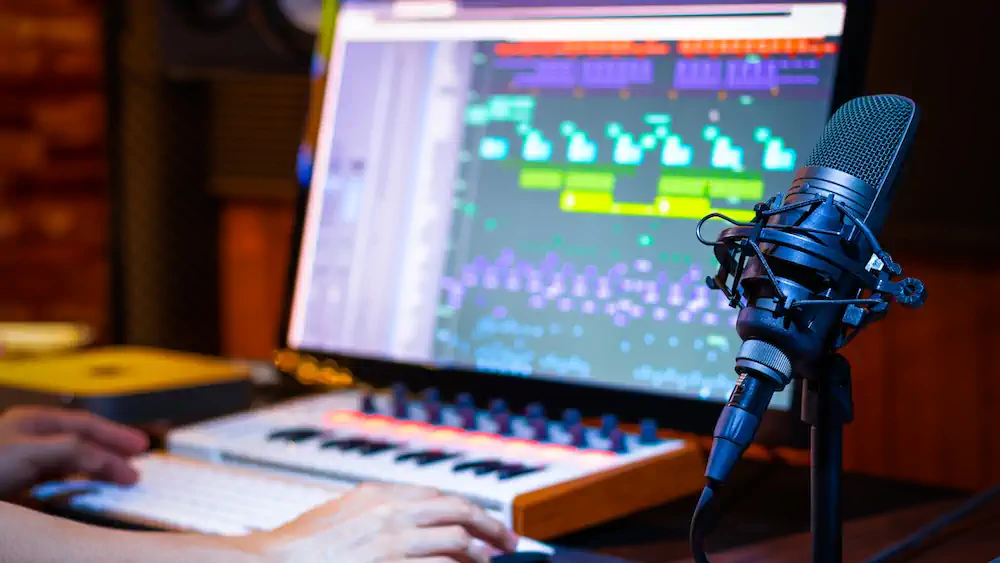
VST Software That Simulates The Sound Of Real Instruments. These Powerful Tools Have Become Indispensable In The Toolkit Of Modern Music Producers, Offering A Vast Array Of Sounds And Unparalleled Flexibility.
-
AI Driven Music Composition – You Will Love
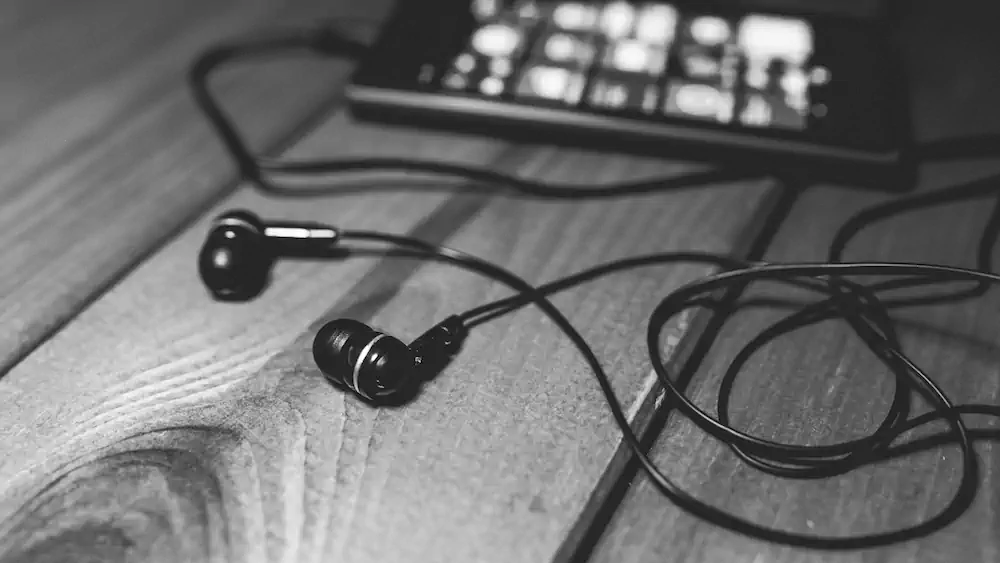
AI-Driven Music Composition Is Transforming The Music Industry By Using Algorithms To Create Unique Pieces That Resonate With Human Emotions. This Technology Is Evolving Rapidly, Allowing Musicians To Collaborate With Ai To Push Creative Boundaries And Reshape The Industry Landscape.
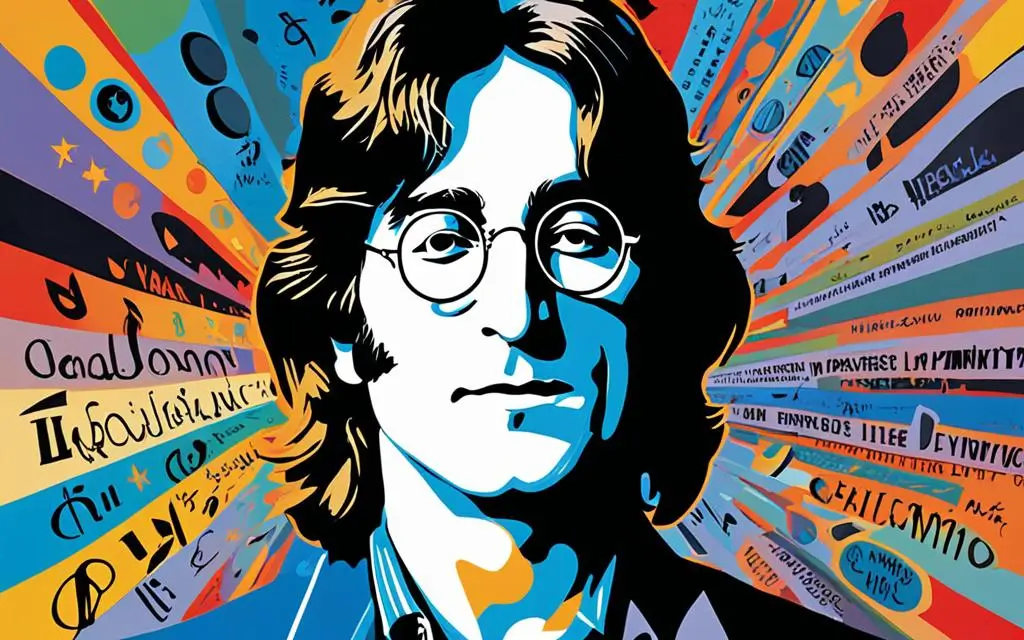
Leave a Reply